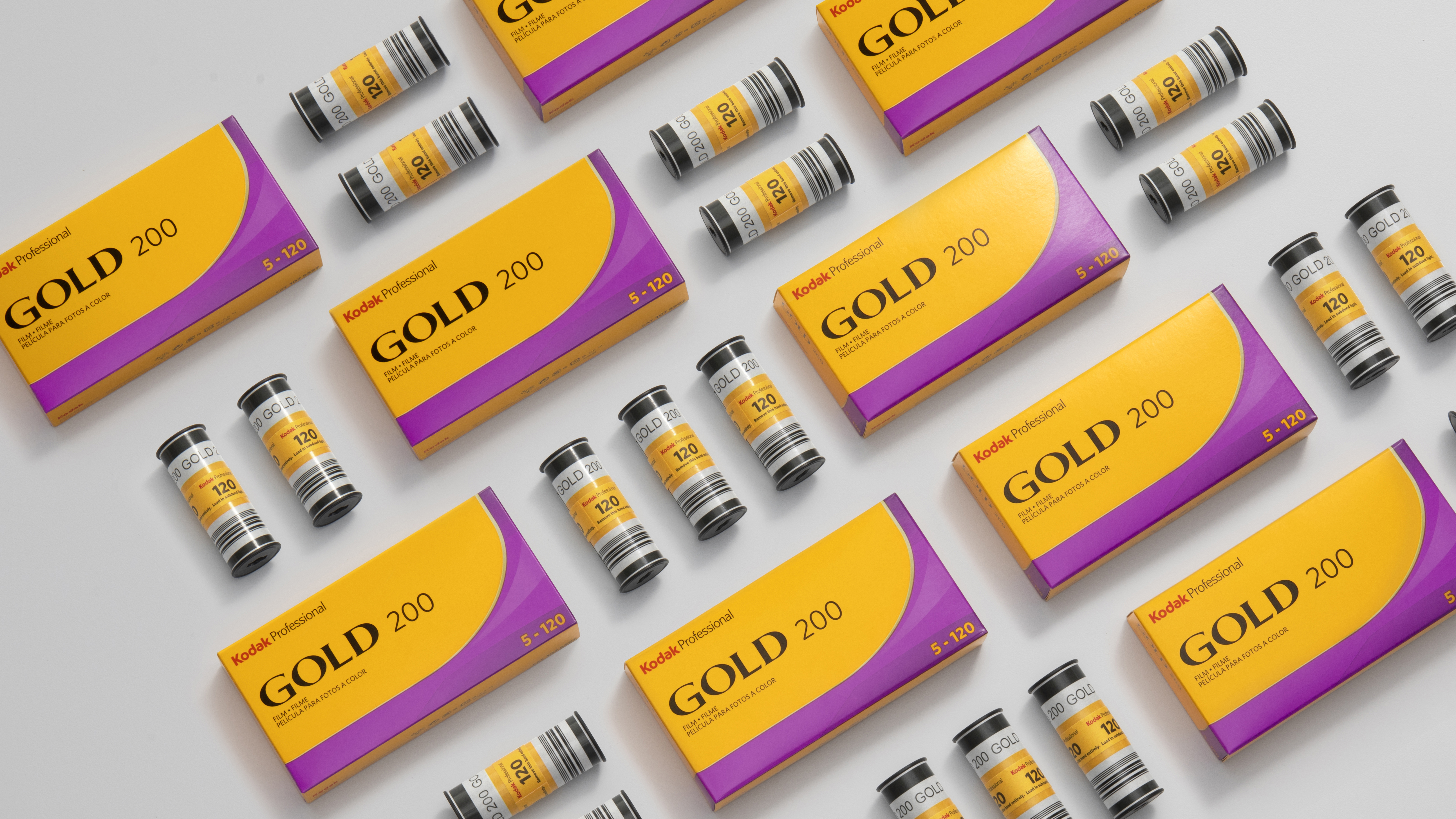Kodak: “we're the last color film manufacturer standing”
Kodak has hired over 250 people, with more jobs on offer for film technications to support demand for film

Kodak is looking to hire more film technicians as the demand for film skyrockets. The film manufacturer's dividends on being the only color film manufacturer in production are certainly paying off tenfold, as the company's name is renowned within the photography industry. Now the iconic household name is now looking to hire more staff to keep up with the demand to supply film to analog photographers.
Now, after employing over 250 new staff Eastman Kodak is looking to employ more film technicians. Nagraj Bokinkere, Vice President of Film Manufacturing took to Twitter to share the news stating:
“Our film finishing area for example has grown from five days a week, single shift operation a few years back. To last year, there were three shifts, five days a week, and now we are a 24/7 operation. In the last 18 months, we’ve hired over 300 people across the film and chemicals floor, and we’re looking to hire more.”
We’re hiring to keep up with demand for 35mm #film, which has exploded over the past few years. 🧵 1/4October 11, 2022
To all those film photographers loyal to the brand this is wonderful news, especially as a decade ago Eastman Kodak filed for bankruptcy due to the lack of film being sold. But now, 10 years on, the interest in shooting film has resurfaced with many photographers going back, or discovering film for the first time while searching for a more connected experience than when shooting digital.
This trend has also been backed by many popular YouTubers such as Chris Chu, Grainydays, and Joe Greer all sharing their love for the analog experience with thousands of people across the world who enjoy watching them shoot film, and push them to shoot the medium themselves.
In an article with Peta Pixel, Nagraj Bokinkere, Vice President of Film Manufacturing explains that the company's strategy of being the last standing in color films is paying dividends.
We're #hiring in manufacturing for our film business.Interested? Learn more: https://t.co/2aTH1p3BaT pic.twitter.com/mRkAkZcgNQOctober 12, 2022
There is no denying that film is on the rise again, which is fantastic news for all those avid film shooters out there, and those that were worried that this boom in film might suddenly come crashing to a dramatic halt. However, the rise in its use and Kodak's factory in Rochester not shutting its doors when times were hard has been the very thing that's saved it from going under for good.
Get the Digital Camera World Newsletter
The best camera deals, reviews, product advice, and unmissable photography news, direct to your inbox!
We recently reported that Kodak film premium film would see a price hike, such as Kodak Portra 400, which is now $65.95 for a 5-pack of 120 film, or $79.99 for a 5-pack in 35mm. Yes, this is still expensive, but film is an expensive hobby, and that is something that photographers are just going to have to deal with for the time being, and if you stop buying the product, be prepared for it to disappear, like it nearly did a decade a go, but for now film is here to stay and thanks to the increase in film being shot Kodak can keep those doors open for longer, and could even bring back some older favorites if the demand continues.
If this article has been of interest, you might want to take a look at our best film cameras guide that showcases some of the best 35mm, medium format, and large format cameras. If you love film, check out our best film guide that will run you through the best film stocks on the market right now.

For nearly two decades Sebastian's work has been published internationally. Originally specializing in Equestrianism, his visuals have been used by the leading names in the equestrian industry such as The Fédération Equestre Internationale (FEI), The Jockey Club, Horse & Hound, and many more for various advertising campaigns, books, and pre/post-event highlights.
He is a Fellow of the Royal Society of Arts, holds a Foundation Degree in Equitation Science, and holds a Master of Arts in Publishing. He is a member of Nikon NPS and has been a Nikon user since his film days using a Nikon F5. He saw the digital transition with Nikon's D series cameras and is still, to this day, the youngest member to be elected into BEWA, the British Equestrian Writers' Association.
He is familiar with and shows great interest in 35mm, medium, and large-format photography, using products by Leica, Phase One, Hasselblad, Alpa, and Sinar. Sebastian has also used many cinema cameras from Sony, RED, ARRI, and everything in between. He now spends his spare time using his trusted Leica M-E or Leica M2, shooting Street/Documentary photography as he sees it, usually in Black and White.
